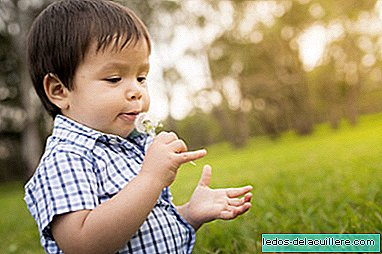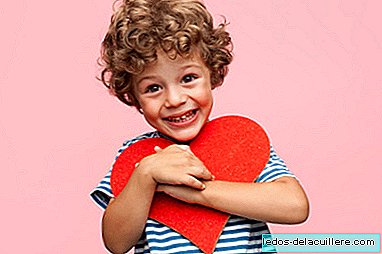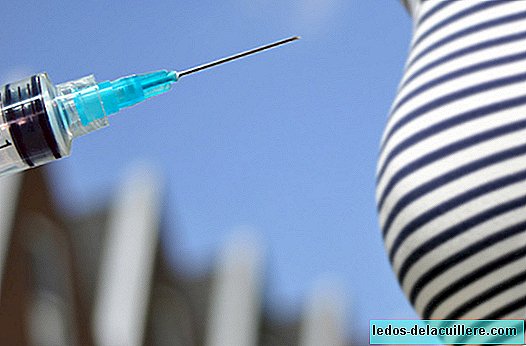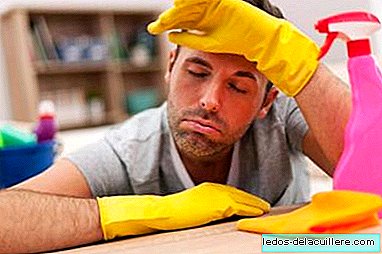
This year those allergic to pollen will face a "moderately intense" spring in the central area of our country, according to experts from the Spanish Society of Allergology and Clinical Immunology (SEAIC).
Allergic diseases in Spain affect 30 percent of the population, and although it is the food allergies in childhood that have increased the most in recent years, allergies to pollens and plants also affect the smallest, significantly reducing their quality of life.
As explained by allergists, the dry autumn and winter of low temperatures and intense rainfall that we have had, have affected the count of pollens and grasses this spring, especially affecting the Community of Madrid, Castilla La Mancha, Castilla León and Aragón.
So, this spring, allergic to pollens seem to suffer more intensely the symptoms of this environmental allergy, and therefore we wanted to review some recommendations that can help minimize the effects."In our country the species that produce more symptoms in decreasing order are: grasses, olive, cypress, salsola, shade plantain and parietaria (...) In the peninsular center the most frequent pollens are those of grasses and olive trees. In the capital, the percentage of pollinics allergic to shadow plantain exceeds 40% "- explains Ángel Moral, president of the SEAIC Aerobiology Committee.
Recommendations to relieve symptoms
In cases of pollen allergy, it will be the pediatrician along with the allergist who prescribe the medications needed to relieve symptoms. The most commonly used are antihistamines and bronchodilators in case of asthma, and in some cases the allergy vaccine may also be indicated.
But apart from the medication we can also follow a series of recommendations aimed at mitigating, as far as possible, allergic symptoms:
Ventilate the house for a short time and always do it first and last hour of the day. The rest of the day, keep the windows closed.
Avoid exercising outdoors or spending a day in the countryside.
When you get home from the street, change your clothes and shower.
Do not lower the windows of the car and use a pollen filter.
Consult the predictions of the SEAIC or mobile applications such as Pollen Control (available for Android and iOS).
Do not dry clothes outdoors because in times of much pollen it stays attached to the fibers.
Wear sunglasses to avoid direct contact of pollen in the eyes.
If the allergy is high even in enclosed spaces, experts also advise using indoor air purifiers that filter most of the environmental particles, reducing symptoms considerably.
Main symptoms of pollen allergy

Pollen allergy symptoms can easily be confused with those of a coldHowever, in the case of allergy they are symptoms that last over time and that do not improve with the passage of days, as it does with colds.
In addition, several symptoms may appear that have nothing to do with colds, such as allergic skin reactions, itching or even edema.
Conjunctivitis or inflammation of the conjunctiva. Itching, tearing and itchy eyes.
Rhinitis: nasal congestion, itchy nose, runny nose, sneezing and nasal dryness.
Irritation and / or sore throat and cough
Sleep disorders and concentration problems
In more severe cases, respiratory distress and bronchial asthma may occur.
As we commented at the beginning, Children are not exempt from allergy to pollen, so in case of any suspicion, or a cold that seems not to cure, it is best to consult with the pediatrician, who will be the one who values the performance of a series of tests to diagnose the allergy and put a treatment.
IStock photos
In Babies and More How to find out if your child has allergies ?, Childhood asthma, Allergy shots: everything you need to know, How to prevent and relieve allergy in children












